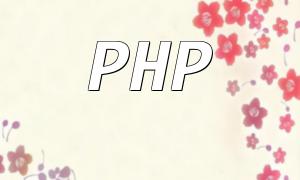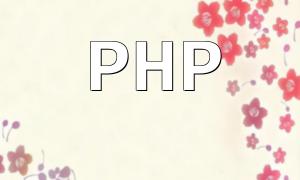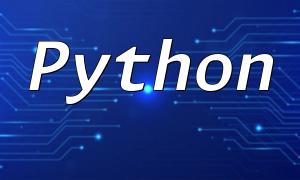In the current frontend-backend separation development model, selecting the right programming language is often the most challenging step. This article explores the debate between Go, PHP, and Java, focusing on their strengths in frontend-backend separation development.
Go, a programming language that has risen to prominence in recent years, is praised for its excellent execution efficiency and high reliability.
Go's performance is demonstrated in several areas:
First, Go’s concurrency performance has been highly optimized. Its ability to support large-scale and high-concurrency tasks helps backend developers manage many requests from the frontend effectively. Additionally, Go can fully leverage the performance of multi-core processors to further enhance its concurrency capabilities.
Second, Go’s speed is extremely fast. Its compilation, startup, and execution speeds are all very high, allowing it to deliver data to the frontend more quickly and offer a better user experience through real-time data transmission.
Due to Go’s design philosophy, such as the built-in garbage collector, it avoids many common programming errors and vulnerabilities, thus providing a more reliable security foundation.
Go is a statically-typed language with strong typing characteristics, which helps catch many syntax errors at compile time. Additionally, Go natively supports SSL/TLS encryption, effectively preventing cross-site scripting attacks and other network security threats.
PHP is one of the most widely used scripting languages for website servers globally, with several notable advantages:
Since its inception, PHP has been a key language for website development, known for its wide applicability, ease of learning, and usability.
PHP’s widespread application is evident in several areas:
PHP is highly compatible, supporting multiple operating systems and web servers such as MacOS, Windows, and Linux. It also supports various types of databases, including relational databases like MySQL, Oracle, PostgreSQL, and NoSQL databases like Redis and Memcached, making it suitable for a variety of web development projects.
PHP is a simple, easy-to-learn language with great readability and a simple syntax, making it particularly friendly for beginners. It allows developers to quickly set up websites.
Moreover, PHP has a well-established ecosystem of third-party libraries, enabling developers to quickly implement specific features when needed. It also has a strong modular structure, making it ideal for object-oriented programming.
Java, a renowned cross-platform programming language, is widely recognized for its security, stability, and reliability in enterprise applications.
Java has one of the most comprehensive libraries and frameworks in the industry, such as Hibernate, Spring, and MyBatis. These frameworks not only meet the diverse needs of various development projects but also significantly improve development efficiency.
Other advantages of Java include its robust object-oriented features, enabling the easy development of cross-platform applications. Its support for multi-threading and efficient garbage collection maximizes processor performance, further enhancing the stability and performance of applications.
In frontend-backend separation development, selecting the programming language that best suits your needs is essential. This article has analyzed the strengths of Go, PHP, and Java. Developers can make the right choice based on their project requirements. Regardless of the language chosen, ensuring a high-quality network environment, fast computing capabilities, and stability is key to building a successful frontend-backend separation application.
Of course, the selection of a programming language is just one aspect of development. Proper task allocation, teamwork, and development models are also critical. Only by considering all factors can frontend-backend separation development be effectively realized.









